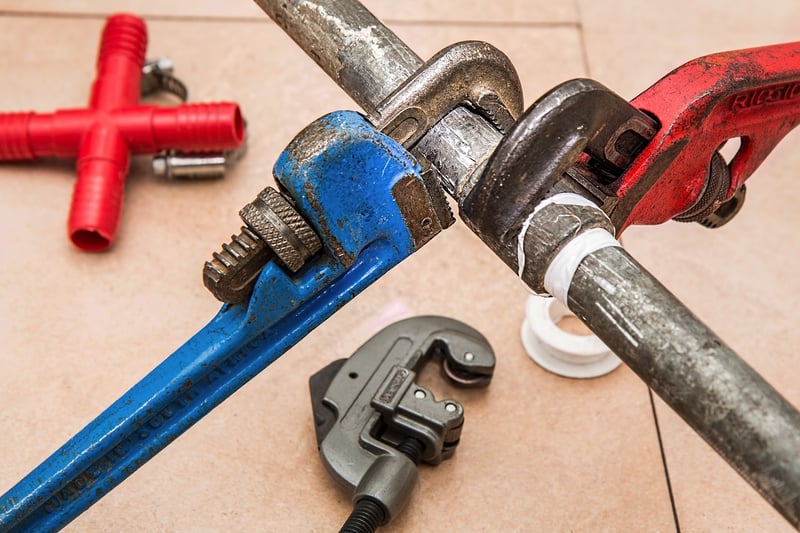Maintenance Guide
Building Your Device: A Step-by-Step Guide
Welcome to our comprehensive guide on building your own device! Whether you are a tech enthusiast or just love DIY projects, this step-by-step guide will help you create your very own custom device. Let's get started!
Materials Needed:
- Microcontroller (e.g., Arduino or Raspberry Pi)
- Sensors (e.g., temperature, humidity)
- LEDs and resistors
- Breadboard and jumper wires
- Power source (battery or USB)
- Enclosure for your device
- Screwdriver and pliers
Step 1: Planning Your Device
Decide the purpose of your device and create a rough sketch of how you want it to look. Plan the components you will need and how they will be connected.
Step 2: Assembling the Components
Connect the sensors, LEDs, and other components to the microcontroller following the schematic you created. Use the breadboard and jumper wires for temporary connections.
Step 3: Coding Your Device
Write code for your microcontroller to read sensor data, control LEDs, and perform any other functions you desire. Upload the code to your microcontroller.
Step 4: Testing Your Device
Power up your device and test each function to ensure everything is working as intended. Make any necessary adjustments to the hardware or code.
Maintenance Guide for Your Device
Regular Cleaning
Keep your device clean from dust and debris by using a soft, dry cloth to wipe the surfaces. Avoid using water or cleaning solutions that can damage electronic components.
Check for Loose Connections
Periodically inspect the connections between components to ensure they are secure. Loose connections can lead to malfunctioning of your device.
Update Software
Stay up to date with the latest software updates for your microcontroller to ensure optimal performance and security.
Monitor Battery Life
If your device uses a battery, keep an eye on its life and replace it when necessary to prevent damage from leaking batteries.
Protect Your Device
Keep your device in a protective enclosure to shield it from dust, moisture, and physical damage. This will prolong its lifespan.

By following these steps, you can build your own device and ensure its longevity through proper maintenance. Enjoy your custom creation!
